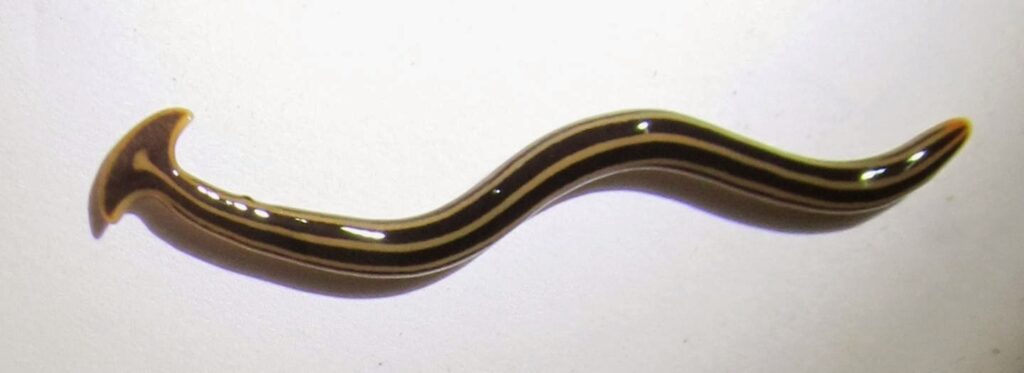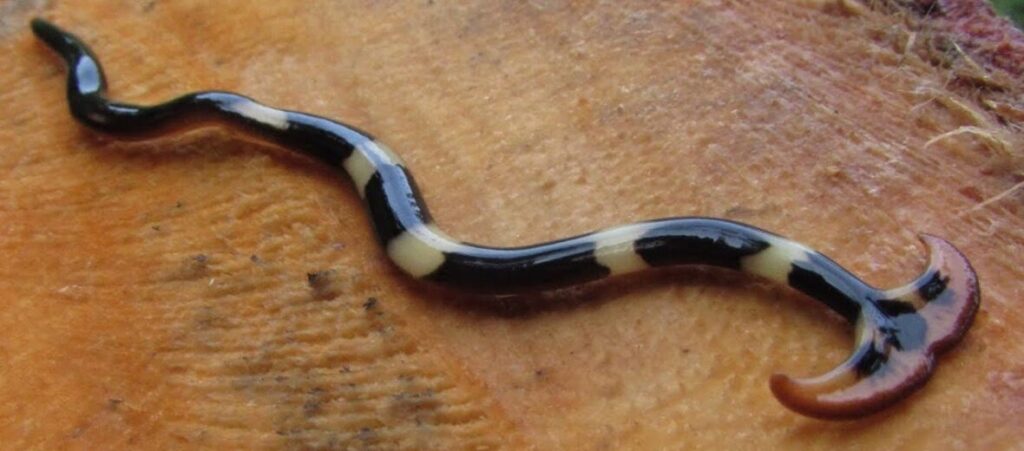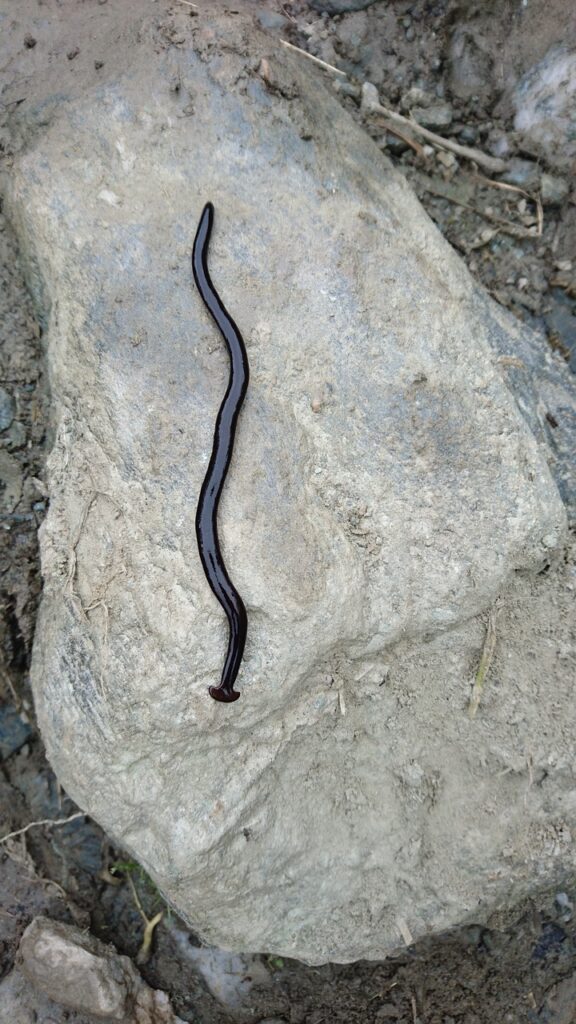Unveiling the Hammerhead Worm
The hammerhead worm, scientifically known as Bipalium spp., is a creature that both fascinates and concerns scientists and nature enthusiasts alike. With its distinctive flattened body and hammer-shaped head, this enigmatic invertebrate has captured the curiosity of many. However, beneath its intriguing appearance lies a troubling truth: the hammerhead worm is considered an invasive species in many parts of the world.
What is an Invasive Species?
Before delving into the specifics of the hammerhead worm’s invasive nature, it’s essential to understand what constitutes an invasive species. An invasive species is defined as a non-native organism that has been introduced to a new environment and has the potential to cause harm to native ecosystems, biodiversity, or human activities.

The Spread of the Hammerhead Worm
Originating from Southeast Asia, hammerhead worms have spread to various regions across the globe through human activities such as international trade and transportation. These creatures are often inadvertently transported in soil, plants, or potted plants, making them difficult to control once established in new habitats.
Ecological Impact
The presence of hammerhead worms in non-native habitats can have significant ecological consequences. These voracious predators feed on earthworms, snails, and other soil-dwelling invertebrates, disrupting the delicate balance of local ecosystems. By depleting populations of native species, hammerhead worms can alter soil structure and nutrient cycling, leading to cascading effects on plant communities and wildlife.
Threat to Biodiversity
Hammerhead worms pose a direct threat to biodiversity by preying on native invertebrates and competing with indigenous species for resources. In areas where hammerhead worms have become established, populations of earthworms and other soil-dwelling organisms may decline, affecting the health of entire ecosystems.

Challenges in Control and Management
Controlling the spread of hammerhead worms presents significant challenges due to their cryptic nature and reproductive capabilities. These worms can reproduce asexually through fragmentation, with each fragment capable of regenerating into a new individual. Additionally, traditional control methods such as chemical pesticides may have unintended consequences for non-target species and the environment.
Conclusion: Addressing the Hammerhead Worm Invasion
In conclusion, the hammerhead worm’s status as an invasive species underscores the importance of proactive conservation efforts and responsible stewardship of our natural resources. By raising awareness about the ecological impact of invasive species and implementing measures to prevent their spread, we can help protect native biodiversity and preserve the integrity of ecosystems worldwide. It is crucial for individuals, communities, and governments to work together to address the challenges posed by invasive species like the hammerhead worm and safeguard the health and resilience of our planet’s ecosystems for future generations.
Click here to go to our products page!
Check out the animals available to buy on MorphMarket!
